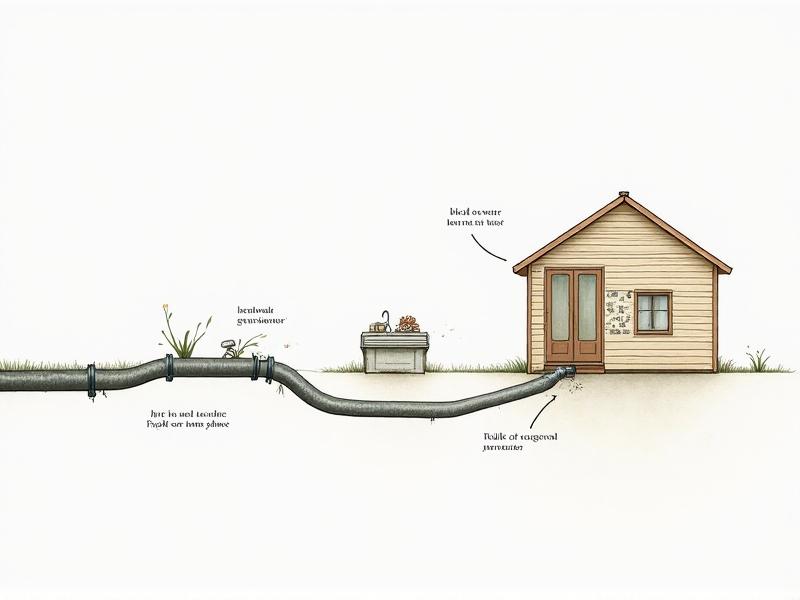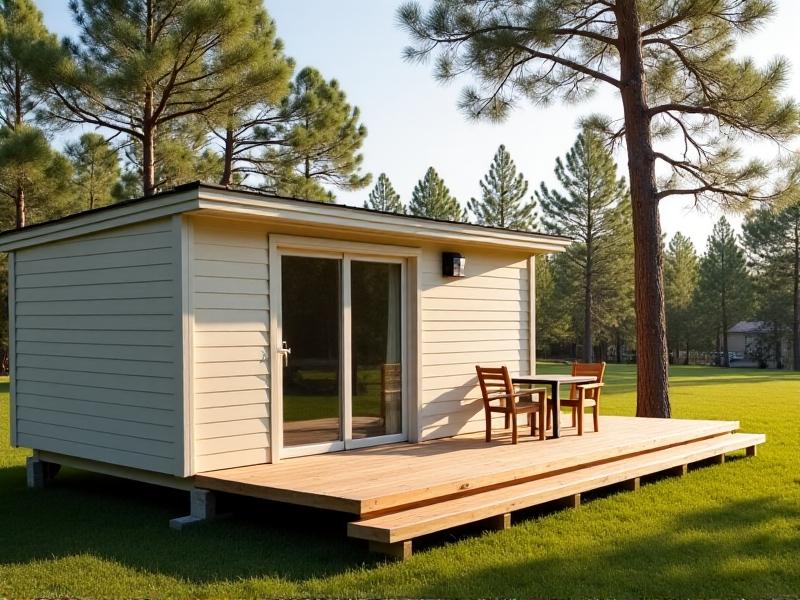Home Office Ergonomics in 150 Sq Ft
Home Office Ergonomics in 150 Sq Ft: Maximizing Comfort in Minimal Space
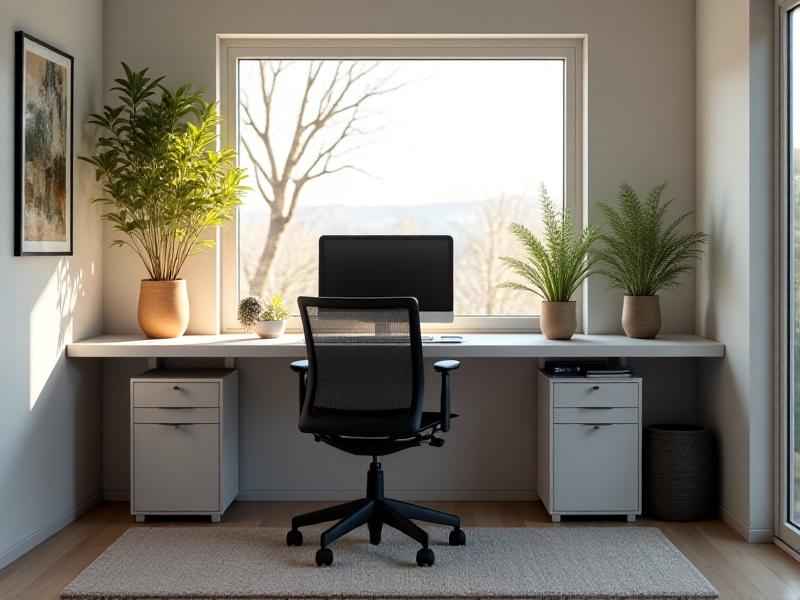
Understanding Spatial Constraints in 150 Sq Ft
Working within 150 square feet requires strategic planning. Start by measuring the room’s dimensions and sketching a layout that prioritizes workflow. A typical small office might fit a desk, chair, storage unit, and a narrow pathway. Avoid bulky furniture; instead, opt for wall-mounted or foldable items. Vertical space is your ally—install shelves or cabinets above desk level. Natural light is critical, so position the desk near a window if possible. Use light colors for walls and decor to create an illusion of space, and incorporate mirrors to amplify brightness.
Choosing Compact, Ergonomic Furniture
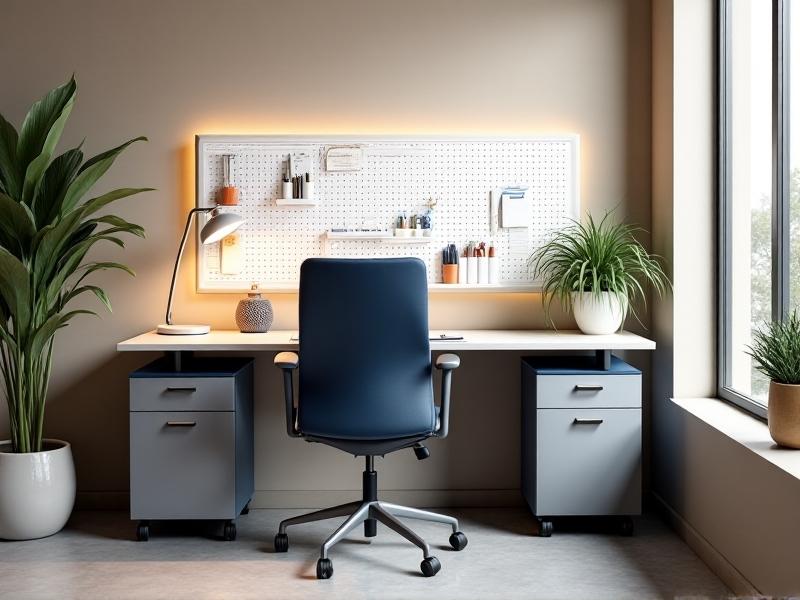
Furniture in small spaces must serve multiple purposes. A wall-mounted desk with a dropdown keyboard tray saves floor space. Look for chairs with adjustable lumbar support and breathable mesh backs. Consider a sit-stand desk converter if a full-sized standing desk isn’t feasible. Storage should be integrated—think under-desk filing cabinets or ottomans with hidden compartments. Prioritize lightweight, movable pieces to reconfigure the setup as needs evolve.
The Role of Seating in Preventing Fatigue
An ergonomic chair is non-negotiable. Key features include adjustable armrests (align them with desk height), a seat depth that leaves 2-4 inches between the edge and your knees, and tilt tension to support reclining. If space limits chair size, consider a backless stool for occasional perching. Add a memory foam seat cushion to reduce pressure on the tailbone during long hours.
Optimizing Desk Layout for Efficiency
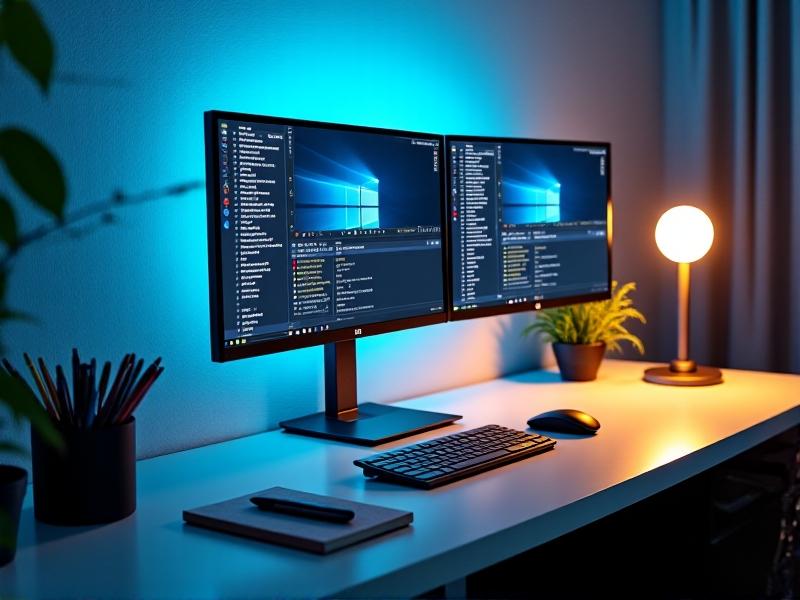
Keep essentials within arm’s reach. Position monitors 20-30 inches away, with the top third at eye level. Use monitor arms to free up desk space. A keyboard tray angled slightly downward reduces wrist strain. Vertical document holders prevent neck twisting. Reserve one corner for a docking station to consolidate devices and minimize cable clutter.
Lighting: Balancing Function and Ambiance
Layer lighting to reduce eye strain. Pair overhead LED panels (4000K temperature for focus) with a task lamp offering adjustable brightness. Avoid placing monitors directly under lights to prevent glare. Use blackout curtains to control sunlight, and add a dimmable floor lamp for softer evening lighting.
Cable Management in Tight Spaces
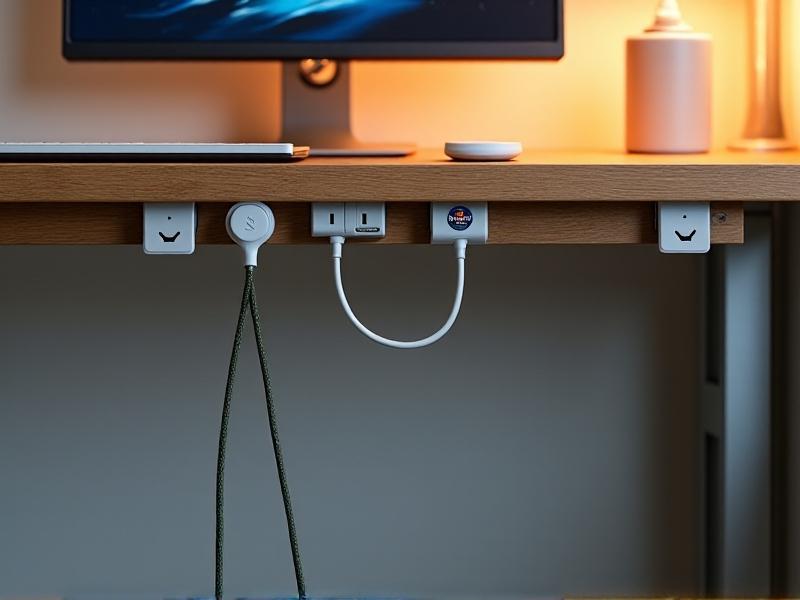
Exposed cables disrupt visual flow and pose tripping hazards. Use adhesive-backed clips to secure cords under the desk. Label each cable with tags for easy identification. Invest in a compact power strip with USB ports to centralize plugs. For a cleaner look, thread wires through a fabric sleeve or attach them to the wall with raceways.
Movement: Staying Active in a Small Footprint
Incorporate micro-breaks into your routine. Set a timer to stand and stretch every 30 minutes. Use a balance board or under-desk elliptical for low-impact movement. Rotate between sitting, standing, and kneeling (using a padded mat) to engage different muscle groups.
Soundproofing for Undisturbed Work
Ambient noise can disrupt concentration. Install acoustic panels or heavy curtains to dampen echoes. A white noise machine masks external sounds. If meetings are frequent, invest in a headset with noise cancellation and a microphone boom arm to minimize background chatter.
Adding Personal Touches Without Clutter
Personalize with functional decor: a sleek desk clock, a framed vision board, or a compact succulent. Use removable wallpaper or decals for a pop of color. Rotate small art prints seasonally to keep the space feeling fresh without overcrowding surfaces.
Sustaining Ergonomics Over Time
Conduct monthly check-ins: Is your chair height still optimal? Are screens at eye level? Replace worn-out accessories like mouse pads or wrist rests. Track discomfort patterns—for example, neck pain may signal a monitor adjustment is due. Adapt your setup as work habits or equipment change.



